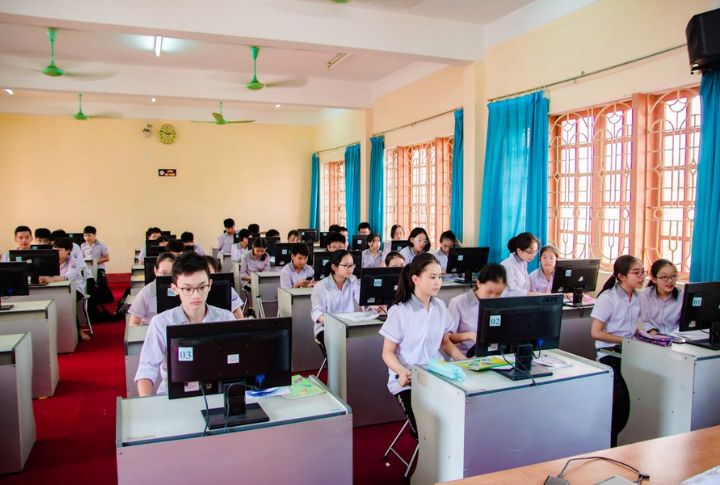
Classrooms are shifting in ways that once felt impossible. Students interact with systems that adjust as they learn. Teachers rely on tools that respond in real time. Technology no longer sits in the background—it actively shapes the learning process. This raises a bold question few expected to ask out loud: Is the role of the teacher slowly being handed over to machines? Here’s what makes that possibility harder to ignore.
AI Customizes Lessons For Each Student

AI-powered classrooms use adaptive learning to modify lessons instantly based on student progress. It lets students learn at their own speed. As a result, platforms like DreamBox and Khan Academy rely on AI to tailor instruction in real time, usually boosting understanding and leading to stronger performance on standardized tests.
Students Get Instant Feedback On Their Work

Immediate answer checks and corrections happen as students submit work. Because of fast feedback, learners fix errors quickly and reduce gaps in understanding. Additionally, some systems provide explanations for incorrect responses as they occur, helping students grasp their mistakes. That improvement leads to better math scores and stronger overall learning results.
AI Never Gets Tired Or Takes A Break

Unlike human teachers, AI systems provide nonstop instruction with no burnout. Consistency remains strong in every session, regardless of time. This advantage supports night learners and remote students globally. Moreover, during school closures or holidays, AI tutors provide uninterrupted access to learning for every student.
One AI Platform Can Teach Millions At Once
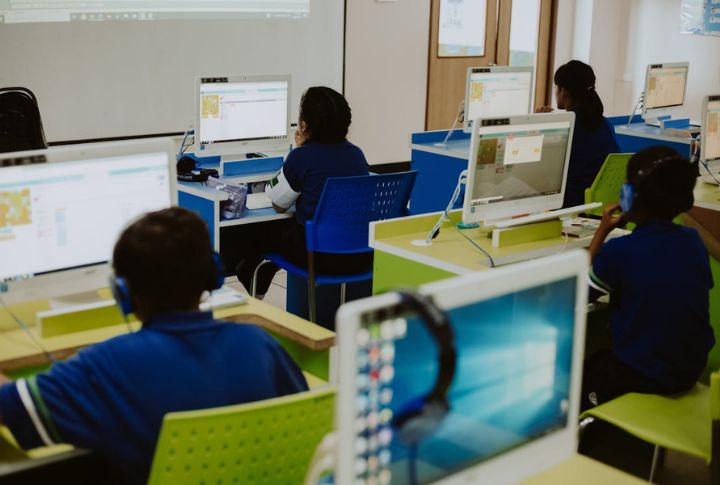
One AI platform can teach millions without hiring more teachers. Plus, it runs across continents, serving students at the same time with no slowdown. For instance, Byju’s app in India already serves over 100 million users. So, there’s no need to build more schools when learning can scale this easily.
Data Tracking Helps Catch Problems Early

AI systems collect detailed learning data in real time. Once patterns suggest a student is struggling, the system flags it. Schools may then step in with better support plans. Programs such as Google Classroom already use dashboards that help trigger early interventions based on student behavior.
AI Breaks Down Language Barriers In Class

In classrooms where students speak different languages, AI translation tools, including Microsoft Translator and Google Translate, ensure no one falls behind. Words are instantly converted into the student’s preferred language, even adapting to dialects. This helps create a more equal learning space where everyone follows the same lesson with confidence.
AI-Powered Simulations Make Learning More Fun

Learning doesn’t have to feel like a chore anymore. With AI-driven simulations, students can walk through ancient cities, visit planets, or explore a virtual anatomy lab. These interactive experiences keep kids interested and help them remember more. That’s how learning sticks better when the experience feels exciting and hands-on.
Grading Is Faster And Fairer With AI
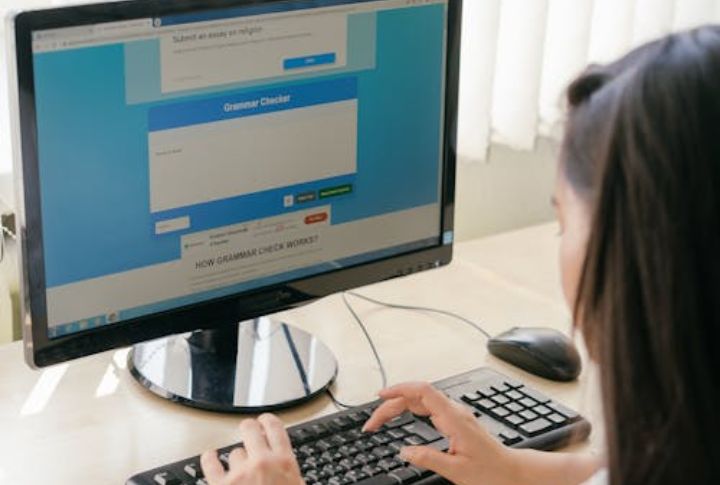
Automated grading tools apply consistent standards across every assignment, eliminating bias and reducing fatigue for educators. Systems like Gradescope and Turnitin rely on AI to speed up evaluation. Because of that, schools benefit from quicker, more accurate grading processes that treat every student’s work equally and fairly.
AI Detects Cheating More Effectively Than Humans
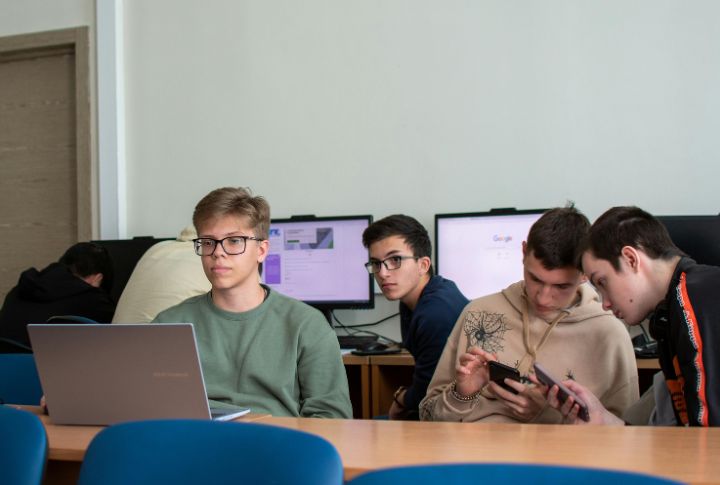
Modern AI systems analyze typing patterns, browser activity, and unusual behavior during tests to catch academic dishonesty early. Unlike traditional proctoring, these tools work silently in the background and flag inconsistencies that humans might miss. As a result, exams become more secure.
AI Improves Itself With Every Lesson
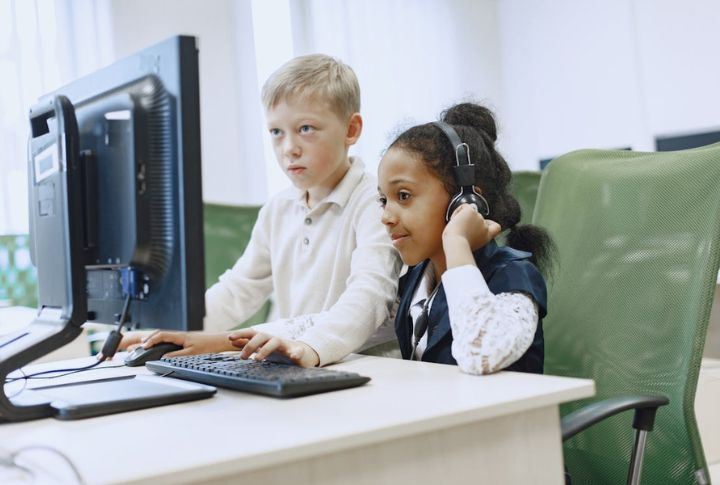
The more students use it, the better it gets. Thanks to machine learning, AI keeps adjusting based on classroom activity. Platforms such as Duolingo even update based on global user behavior. Several systems improve every week, quietly learning what works best, then applying it across every lesson without skipping a beat.

